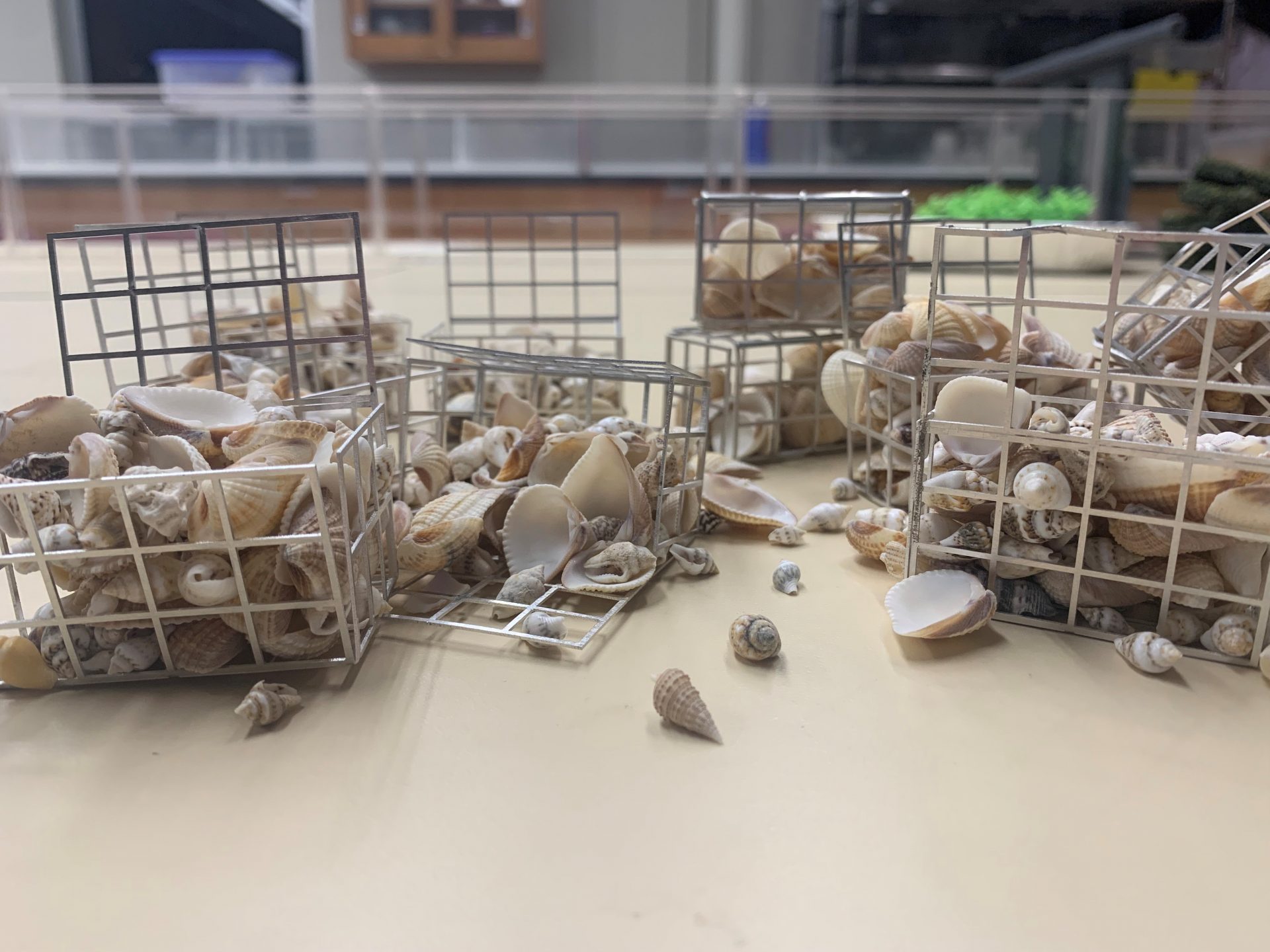The toxic chemicals all around us

As part of the MIT Superfund Research Program, Nicolette Bugher is working to expose the poisons lurking in our environment and discover what they mean for human health.
Nicolette Bugher has just given up on a failed experiment.
After she’d spent weeks designing it, and a few days running it, her materials now sit idle in a fume hood in the Parsons Laboratory for Environmental Science and Engineering, a visual reminder of the mistake.
Trial and error isn’t uncommon in science, of course, and Bugher shrugs it off. But she isn’t looking forward to the cleanup. That’s in part because Bugher, a PhD student in the lab of civil and environmental engineering professor Desiree Plata, PhD ’09, specializes in nasty substances that are hard to get rid of. Her research aims to identify the toxic contaminants all around us.
Industry constantly produces chemicals and invents new compounds, some of which “are harmful and toxic at very low levels,” says Bugher. “It’s important that we’re able to take an environmental sample and say, ‘What’s in this?’”
Bugher’s work is part of MIT’s Superfund Research Program (SRP), a collaborative project the Institute launched in 2017 to study the impact of carcinogens stemming from toxic sites. Under this program—one of about two dozen across the country—11 MIT professors and 18 trainees, including Bugher, collaborate on research in five project areas: water, air, systems biology, mutations, and genetic susceptibility. Plata serves as one of the project leaders—a logical extension of her group’s work analyzing the environmental impacts of industrial processes in hopes of encouraging companies to take sustainability into account.
Plata’s lab keeps the carcinogenic compounds it studies in a small fridge tucked under a lab bench, a cancerous minibar that Bugher uses to mix chemical cocktails she then compares with real-world samples. She’s looking for contaminants like n-nitrosodimethylamine, or NDMA, a manufacturing by-product and probable human carcinogen. The chemical has recently been detected in pharmaceuticals, such as the heartburn drug Zantac, and it can also form in drinking water systems as a by-product of municipal water treatment.
Bugher’s failed experiment was intended to determine whether the plastic and glass vials she uses for her work contain chemicals that can react to form NDMA, which could contaminate her samples and skew the results of future tests. She’s since redesigned the experiment and plans to run the modified version by sometime this winter. This is just a small part of her overall research, which zeroes in on techniques to detect contaminants in tap water.
When she was an undergraduate, Bugher says, a career involving long hours at a lab bench running experiments that required knowledge of complicated analytical chemistry was “the worst thing I could have ever—like, ever—imagined.”
Before she went to college, Bugher wasn’t familiar with the contaminated locations known as Superfund sites, some of which are polluted with hazardous substances linked to cancers. The sites are designated and regulated by the US Environmental Protection Agency under a 1980 law that created a fund to clean up especially polluted locations. Bugher’s coursework in environmental engineering led her to discover that her childhood home in Newark, Delaware, was just two miles away from a Superfund site that had contaminated the groundwater. And her house was right down the road from the site of an old Chrysler plant that used lead and other hazardous compounds. That site was cleaned up after the University of Delaware bought it in 2009; it now houses a research building.
But Bugher’s concern for the environment originated much earlier. For as long as she can remember, her family has vacationed at a lakeside cabin in Ontario, Canada. The house has no running water or toilet; the family drinks filtered water from the lake and catches fish to eat. At some point, a boat carried zebra mussels, an invasive species, into the water, and she noticed that the murky lake of her childhood turned “crystal clear.” The mussels ate the algae and other nutrients that would have fed other species, and some fish populations suffered.
That experience led Bugher to major in energy and environmental policy at the University of Delaware. Then a conversation with a professor helped her realize she could enact more change by conducting science herself, so she switched to environmental engineering. Another mentor encouraged her to seek work as a summer researcher at MIT—a departure from the focus on civil infrastructure in Delaware’s program. Impressed by Plata’s work and her dynamism in talks found online, Bugher applied to intern at her environmental engineering and sustainability lab before her final year of college. That summer, she found herself in her first wet lab, organizing and analyzing groundwater samples shipped in from Ohio. It’s the same lab she works in today.
Read more on MIT Technology Review.
Share on Bluesky


